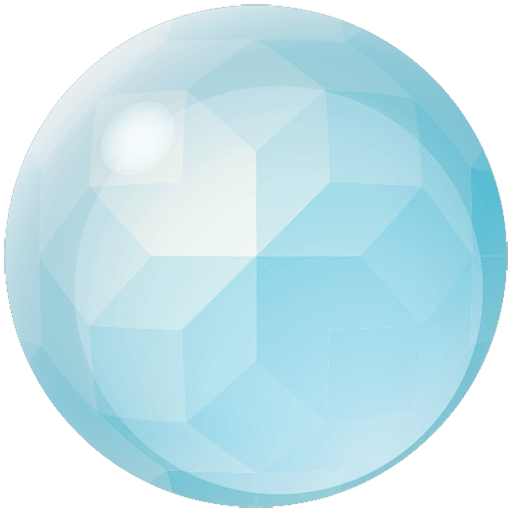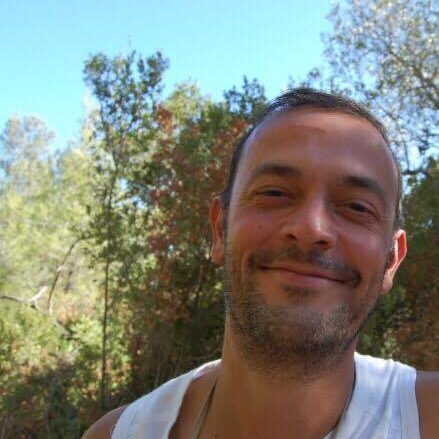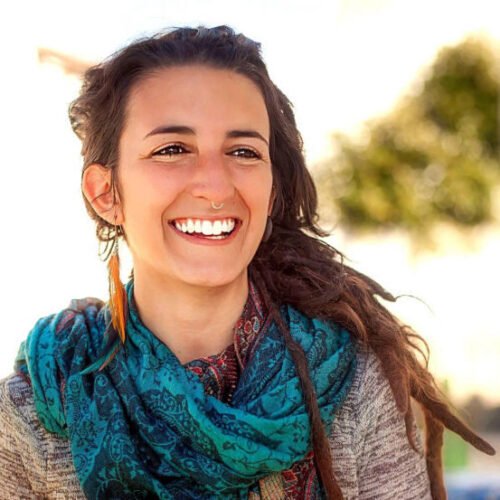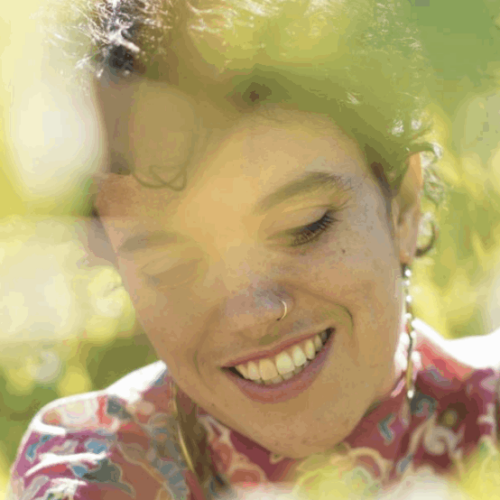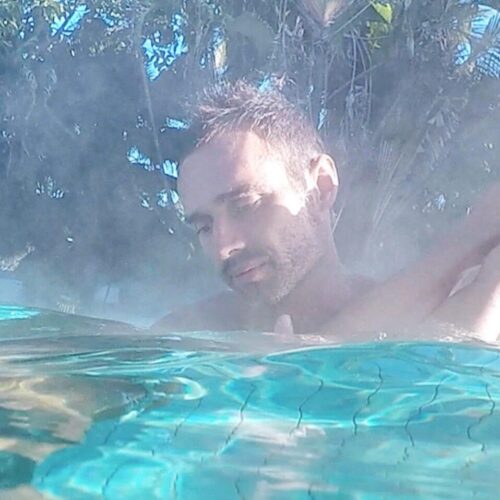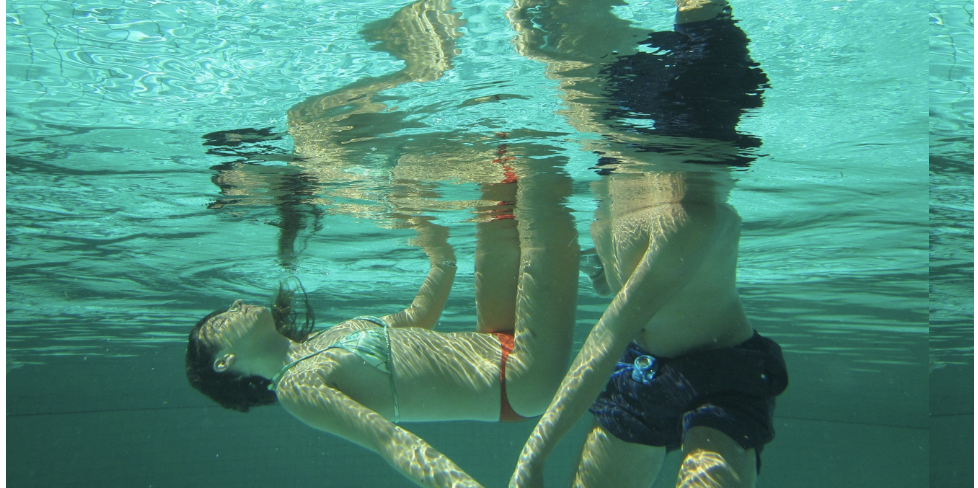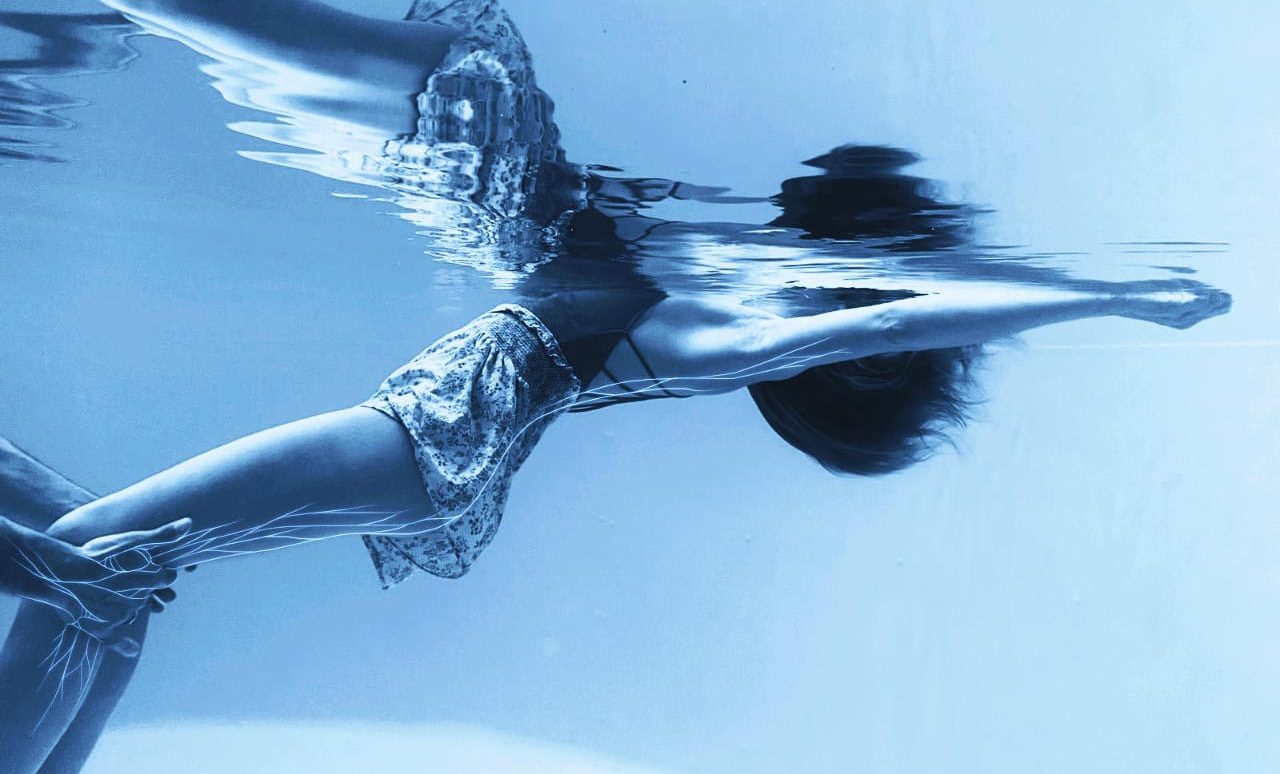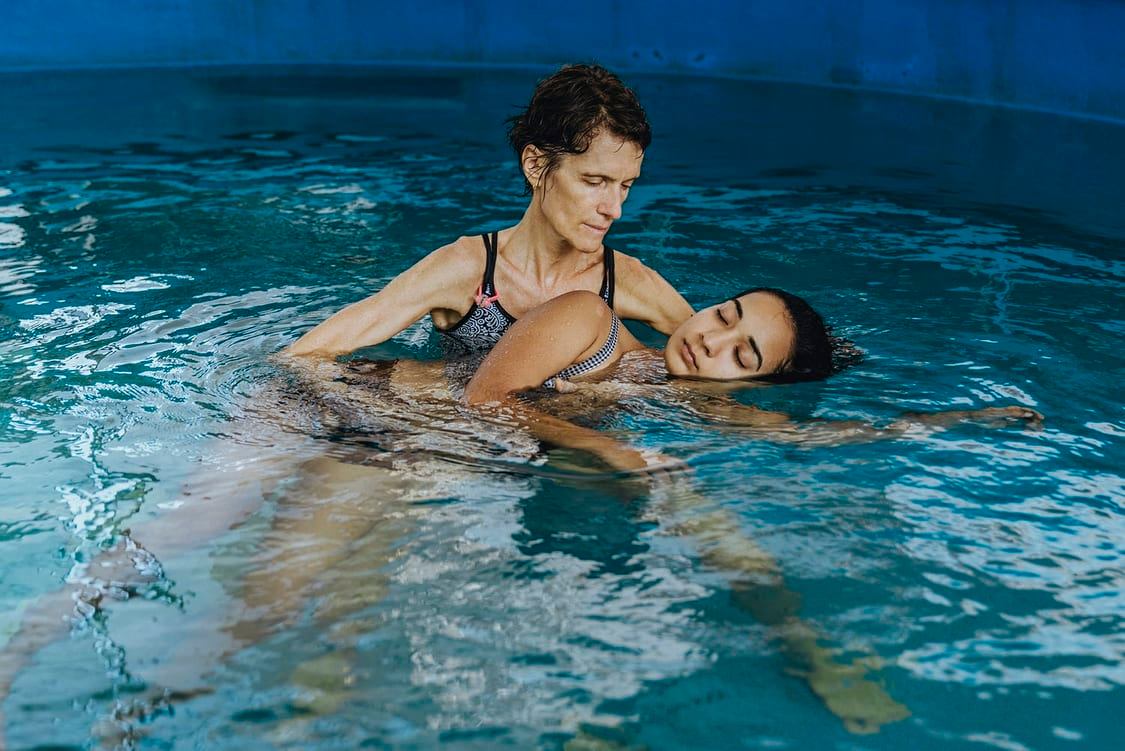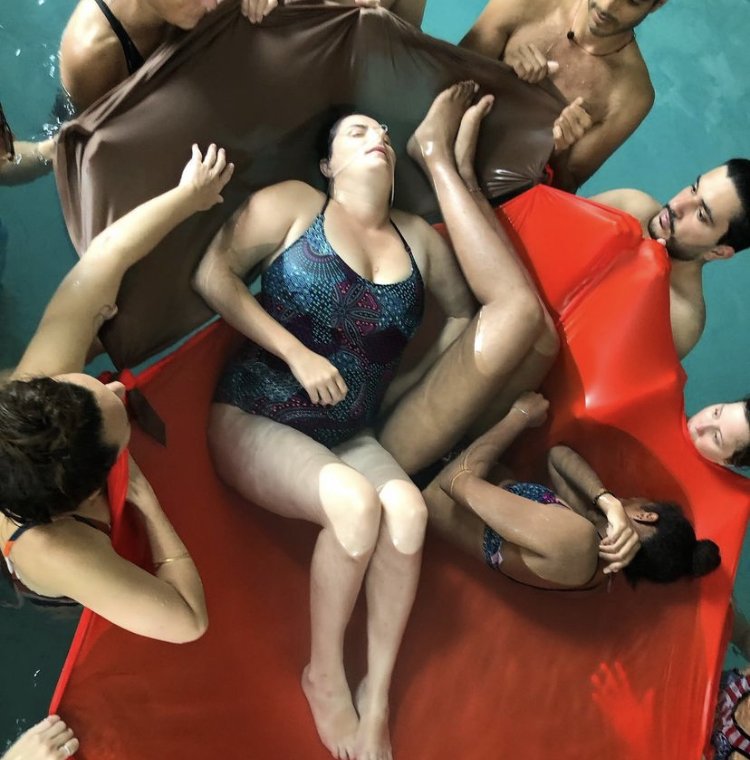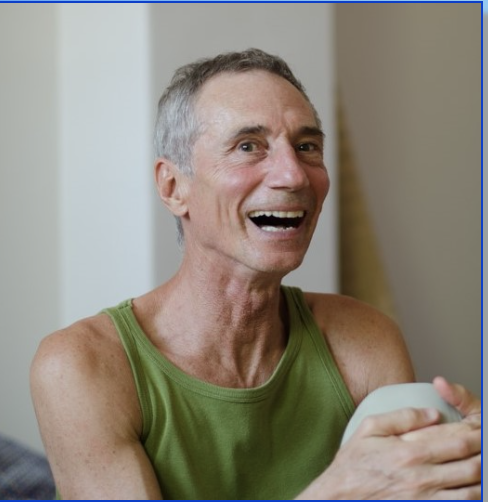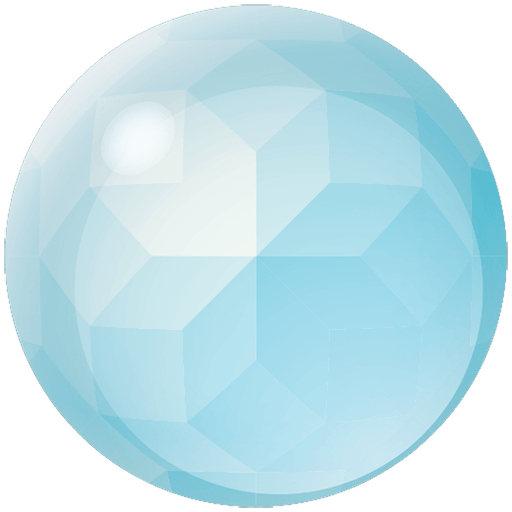We spoke with Marjorie about the technique that gives comfort to women during pregnancy. Water Rebozo uses cloths to wrap bodies on land or in water. It’s an ancient art that we practice at LiquidZome, and without a doubt Marjorie is the best person to explain exactly what it is and what benefits it brings.
What is the art of rebozo in water for you?
It’s lap. This practice comes to us through the inspiration of the mother who carries her child, in the womb and in water, wrapped in muscular, facial and epidermal tissues, and outside the womb, in the lap, breast, arms and universally traditional, by bands and fabrics, perhaps reproducing in some way this feeling of belonging, wet and penetrating like water embraces us, within a shell of security, senses and affection.
Is it inspired by the rebozo on land? Is it usually practiced on land and in water in the same session?
Certainly inspired by the midwives’ Rebozo, we keep this name even in his honor. Rebozo is the Central American name, but there are historical records of similar cloths used on all continents to facilitate pelvic and bodily mobility during childbirth, and to accommodate the bones and bodies of mothers and babies after childbirth.
We don’t usually do both dynamics in the same session, only in courses, in a more didactic way. As an experience, I believe it is good to give the body time to perceive and digest the experience in each environment, land and water, with its due time and different nuances.
Does Water Rebozo bear any resemblance to another style of water therapy such as aguahara, water dance or liquid flow?
Water rebozo complements other therapies. At our Waterdoulas school, we develop practice in group dynamics, in pair or couples sessions and in individual care. Each promotes a different interaction. Collectively we support the floating body, stimulating its autonomy of movement and relationship with the water, with the rebozo serving as support, stage, delimitation. In peer practices we play with symmetries, both there is this space of individual support and there is a space of shelter and embrace, when we treat couples or relatives. In the individual sessions we have already managed to include massage, working the body in parts and integrally, on the surface and with immersions.
I would say that it forms a bridge between aquatic movement therapies and deep relaxation and rebirthing practices, since it is very common for our body to awaken uterine memories in this type of environment and stimulus. The fabric becomes an extension of the therapist’s arms, a large womb, a comprehensive lap that both contours and shelters and allows you to expand and perceive the texture and time of the water.
What do pregnant women usually report after these sessions?
For pregnancy, we explore pelvic and lumbar supports, which provide great comfort in floating, for example. The report is usually one of relaxation, restoration, intimate connection with the movements and a heightened awareness of the baby.
Do you also practice rebozo during childbirth?
Yes, even in the common bath or in the birthing pool we take the water rebozo to support. Of course, the most important thing is to stimulate throughout pregnancy, with this and other subtle bodily dynamics, how water can become an ally for the parturient woman.
What about postpartum?
In the postpartum period, we bring it more in the form of restraint, since the birthing body is a body that has expanded to its limits, in the postpartum period, the therapy is gentle, supported, enveloping movements, which help the mother to define her new body. The rebozo collectively also allows us to open a large bed that can accommodate the mother and baby together, or even just her, since these small moments of relaxation in the water, being supported and feeling safe, are equivalent to a night of sleep. We also do the practice of closing the bones in the aquatic version.
In terms of benefits to the pregnancy process, what are they?
As I said above, with regard to preparation for childbirth, the most important thing is perhaps to understand how water is a powerful ally, which inspires more relaxed states, fluids, which warms the tissues, which allows free movement of gravity, and that all helps labor, as a non-pharmacological resource for pain relief. As in labor we often need points of support and security, the fabric interface helps in this situation, of contraction, and welcomes the body in relaxation between waves.
For the pregnancy itself, we focus on well-being and relaxation, the therapeutic processes tend to unfold naturally from there, whether related to bonding, fears, relationships, memories, plots, unusual situations. Each one goes where they can, and each therapist also leads from their spectrum of action.
As aquatic therapy, we focus more on physical well-being, joint mobility, touch and stretching, lightness and body awareness that water provides. As a doula, naturally, I will include more issues related to the pregnancy-puerperal process within our aquatic meeting. However, they are distinct dynamics and we encourage both as trainers, that is, those who work in aquatic therapy delve deeper into the themes of the pregnant body and its special needs, those who work with pregnant women in other contexts, include aquatic dynamics in their services. woman or couple feel nourished, relaxed, happy, united to their own body and their baby, I believe these are the great benefits.
Is this therapy also recommended for other situations other than pregnancy?
For sure. For anyone. On a physical level, it is welcoming for those with physical restrictions or fear of being in the water, pelvic and lumbar pain, birth trauma, grief situations, changes in life in general. We also work with water rebozo in family dynamics, with babies, children, the elderly and the physically disabled and their caregivers.
For you personally, what does water bring to our body, our mind, our life?
Water brings life and allows our communication. It is a facilitator in connection, in clarity with me, with my internal waters and with the world. But for me water is not just a peaceful agent, it also brings agitation, storms, a lot of emotional mobilization.
Do you feel that there is still a lot to explore in the world of Water Rebozo?
Is happening. It’s beautiful to see. With Waterdoulas we are at full steam, we have been developing this research since 2017 and we are finally able to launch now the first face-to-face courses and also an online module. We always receive very positive and creative feedback from those who are inspired by our practice. In addition to witnessing, through networks and reports, a growing interest, in various therapeutic and recreational aspects, in the use of fabrics in water and the multiplicity of uses and reactions that it provokes. I believe it’s an element that is here to stay and become an accessory or even an important tool.
On this path we feel immense joy for the pioneering spirit in presenting this practice in an organized way, making this collage between babywearing, massage with cloths, the aerial fabric of the circus and mainly in total reverence to those who most inspired us in this exploration, the traditional midwives, and so keep the Rebozo in the name.
